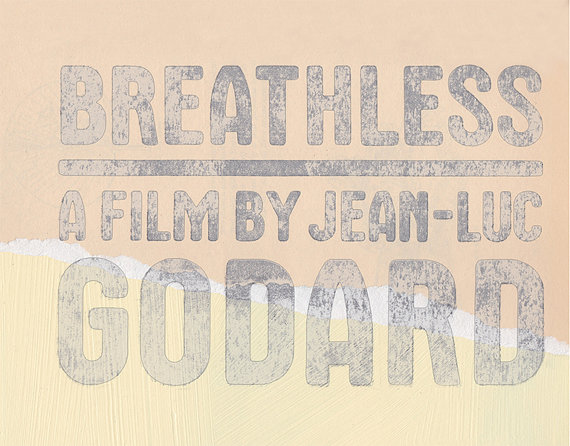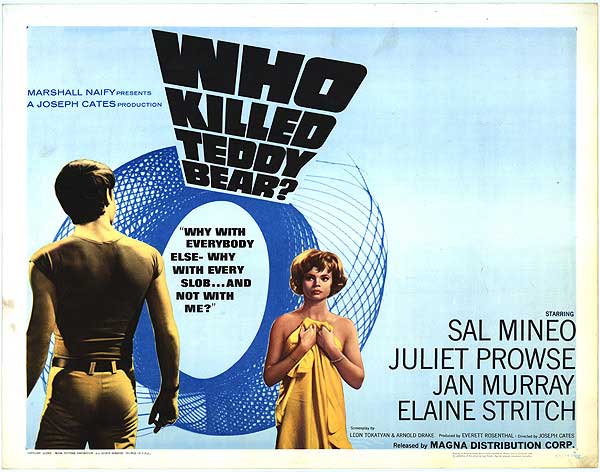(USA 2017)
“The natives in the Amazon worshipped it like a god. We need to take it apart. Learn how it works.”
— Strickland
I knew only two things walking into The Shape of Water: one, Guillermo del Toro directed it; and two, one of the characters is a sea creature. I expected a dark and fantastical fable with del Toro’s trademark look and feel all over it.
I was right about everything except this being dark; the world where the story is set may be sinister and the color palette may be Cold War drab, but The Shape of Water is an uncharacteristically sweet departure for del Toro, at least what I’ve seen from him.
Set in 1962 Baltimore — far dimmer than the one in the John Waters classic Hairspray — Elisa (Sally Hawkins) is a mute single lady who quietly exists on the fringes. She rents a rundown apartment above a movie theater and works as a janitor in a high-security government laboratory tucked away in a complex somewhere outside town. Her only connections to the world are Giles (Richard Jenkins), her aging homosexual next door neighbor, and Zelda (Octavia Spencer), a coworker who acts as her interpreter.
Elisa is drawn to a scaly amphibian (Doug Jones) dragged from the Amazon and kept inside a water tank in the lab where she works. She can’t stand the way Strickland (Michael Shannon), a wreckless government agent, treats him. She forges a bond with the creature, feeding him hard boiled eggs on the sly. He grows to trust her, proving to be a gentle soul under all those scales.
Elisa gets wind of what Strickland has in store for the creature — over the objections of Dr. Hoffstetler (Michael Stuhlbarg), a marine biologist who tries to dissuade him. Strickland insists. Elisa takes matters into her own hands to save the poor thing.
Written by del Toro with Vanessa Taylor, the screenplay isn’t as dark, intense, or innovative as, say, Pan’s Labyrinth. Nevertheless, it’s got its charm. The Shape of Water is sexually charged, which is interesting (and frankly pretty funny at one point). The story, a romance, is much sweeter than what I tend to go for. The plot elements are familiar: outcasts, forbidden love, a maniacal plan in the name of science, a dangerous rescue, a fish out of water (literally), even a bit of espionage. It all comes together in a magnificently magical if not exactly unexpected finale.
Del Toro’s execution is what makes this film soar. Visually, he recalls Marc Caro and Jean-Pierre Jeunet (The City of Lost Children and especially Delicatessen). His use of color is clever and often seductive, even with a lot of brown and grey. The amphibian’s costume is cool, straight out of Pan’s Labyrinth (those eyes).
I love the references to other films — Creature from the Black Lagoon, E.T., King Kong, Beauty and the Beast, The Hunchback of Notre Dame. An astute friend of mine posits that the real love story here involves movies, with all of us mute viewers who fall for the fantastic. I find his interpretation to be the best I’ve heard.
The Shape of Water seems to be a polarizing film, moreso than any other I can think of this year; some of those I’ve talked to loved it, others hated it — with a passion. I fall into the former category. I can see myself coming back to this one from time to time.
With David Hewlett, Nick Searcy, Stewart Arnott, Nigel Bennett, Lauren Lee Smith, Martin Roach, Allegra Fulton, John Kapelos, Morgan Kelly, Marvin Kaye, Dru Viergever, Wendy Lyon, Cody Ray Thompson, Madison Ferguson, Jayden Greig
Production: Bull Productions, Double Dare You (DDY), Fox Searchlight Pictures
Distribution: Fox Searchlight Pictures (USA), 20th Century Fox (International), Hispano Foxfilms S.A.E. (Spain), Big Picture 2 Films (Portugal), Centfox Film (Austria), Forum Hungary (Hungary), Odeon
123 minutes
Rated R
(ArcLight) B+
http://www.foxsearchlight.com/theshapeofwater/








